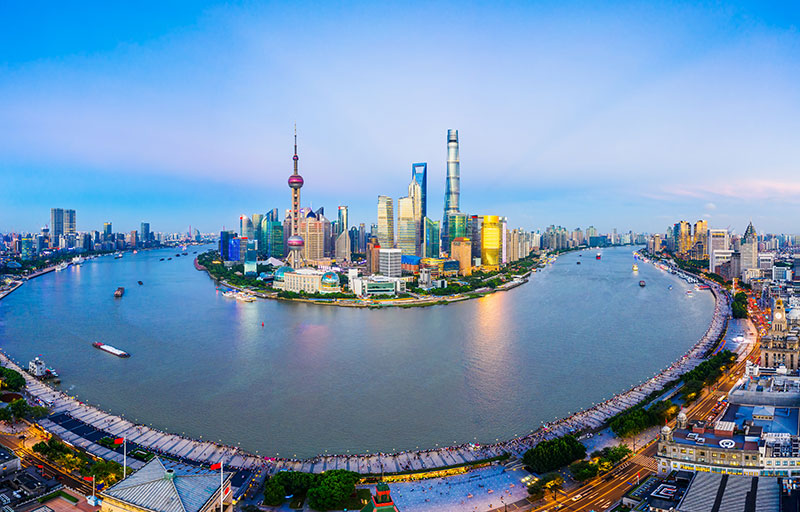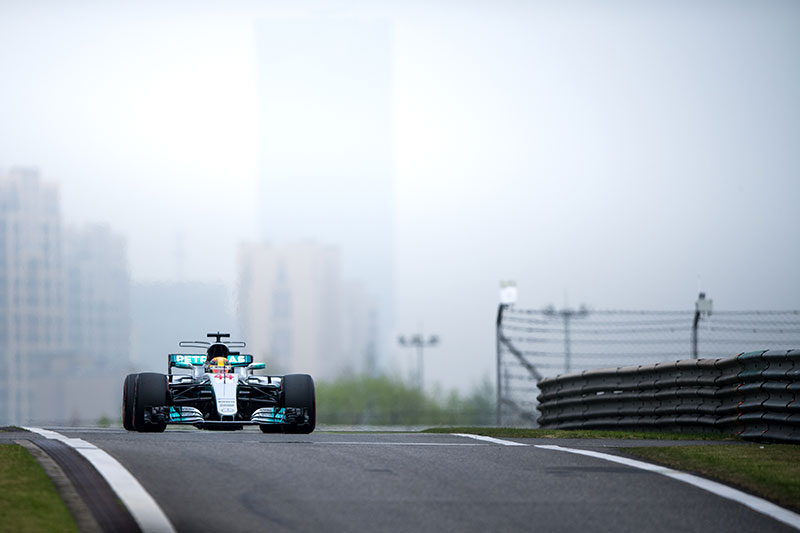Will The Chinese Grand Prix Ever Come Back!

No Grand Prix in Shanghai This Year
This year, there won't be a replacement for the cancelled Chinese Grand Prix.
The 2023 race was postponed, it was revealed in December, due to "ongoing challenges" with Covid in China.
The Chinese organisers' appeal for the race to be reinstated has been denied by F1, and another event will not take the place of the 23 April race.
According to a release, “Formula 1 can confirm the 2023 season will consist of 23 races. All existing race dates on the calendar remain unchanged.”
The Shanghai race was slated to make its first appearance since 2019 in April.
The rationale behind not selecting a different race to fill China's position is logistical.
The stringent zero-Covid regulations that were in place last year led F1 to decide to cancel the Chinese Grand Prix.
The government lifted its limitations as a result of widespread public protests, although there has since been an increase in cases.
Due to the limitations that have been placed on travellers entering from China as a result, numerous nations, including the UK, France, Germany, and Italy, F1 decided that the situation was too unstable to risk staging a race there.
Due to the decision, there has not been a Chinese Grand Prix since 2019, which raises concerns about the event's future.
Due to China's withdrawal, there will be a four-week break between the Australian Grand Prix on April 2 and the event in Azerbaijan on April 30.
F1 did examine ways to change this, including finding a replacement race or pushing the Azerbaijan race forward to avoid it being back-to-back with Miami.
Due to worries about Baku's weather at that time of year—which is often cold and windy in April—the Azerbaijan GP chiefs were reluctant to reschedule their event any earlier in the year.
With only six weeks to the start of the season, F1 considered switching China for another event, which most likely would have been in Europe, but ultimately concluded that adding an extra travel leg, which would have been considerably different from Australia to China, was too much of an additional burden.
F1 would have had a record 24-race season in 2023 if China had replaced or had actually taken the place in that country. 23 Grands Prix are currently the most ever held in a calendar year.
The schedule being cut down to 23 races has certain effects on the restricted parts that teams can employ.
Teams are only allowed to use four gearboxes for the campaign with a 23-race schedule, as opposed to having a fifth gearbox available if the calendar featured 24 events.
But regardless of how many races take place, there are always the same number of power units accessible. For the duration of the year, each driver is permitted to use three of the major parts (ICE, MGU-K, MGU-H, and turbos).
On March 3–5, 2023, Bahrain will host the opening round of the F1 season. The Sakhir track in Bahrain will host pre-season testing from February 23 to 25.
Motorpsort in China
In terms of motorsports, China is a late bloomer. Following the unrest of the 1980s, Chinese people started to develop a taste for Western culture. After years of primarily using buses or bicycles to get about, many Chinese people found themselves able to acquire cars as earnings and a strong middle class rose.
A street track in Zhuhai, Guandong province, attracted racers and aficionados from all across the nation in the early 1990s. As the street circuit gained prominence, organisers had a greater desire to construct a racing track. This could be seen as a way for China to enter the Formula 1 arena.
Zhuhai was a very well-liked city nationally, but the track wasn't up to F1 standards. Zhuhai was initially scheduled for the 1999 Formula One Grand Prix track. The governing board of F1 finally concluded that the track was ineligible for F1 status.
The Chinese government spared no expense in constructing a new track that complied with F1 standards due to the country's expanding GDP. Construction on the Shanghai International Circuit started in April 2003. When the facility opened in 2004, there were daily three thousand workers on the site.
The track was created by Hermann Tilke, and the more than $450 million facility had top-notch features. The Mandarin character shang (上), which signifies "above" or "higher than," served as the basis for the track's overall design. Each team has a private building at the circuit in the paddock area. By the year 2004 the Formula One powers that be had approved the circuit and its facilities and the Chinese Grand Prix for F1 was born.
The Shanghai International Circuit hosted the Formula One race known as the 2004 Chinese Grand Prix on September 26, 2004. It was the first Chinese Grand Prix and Race 16 of 18 in the 2004 FIA Formula One World Championship. Rubens Barrichello, who started from pole position for the Ferrari team, won the 56-lap race. For the BAR team, Jenson Button came in second, and Kimi Räikkönen took third place in a McLaren.
Please see our page on the history of the Chinese Grand Prix for more info.




